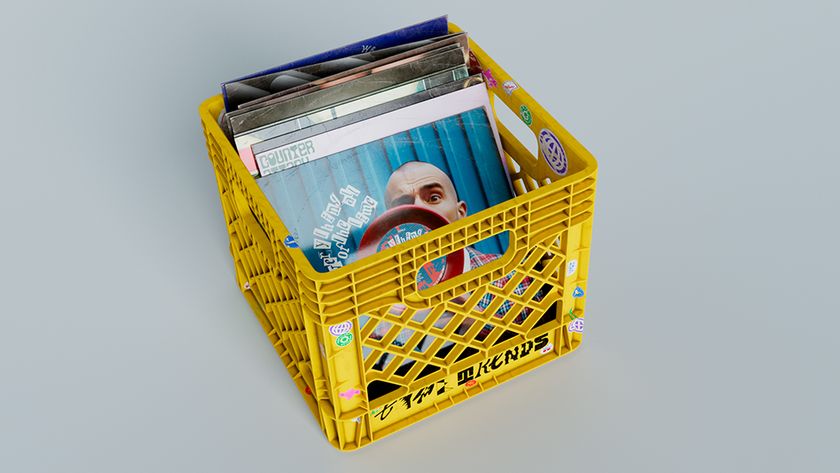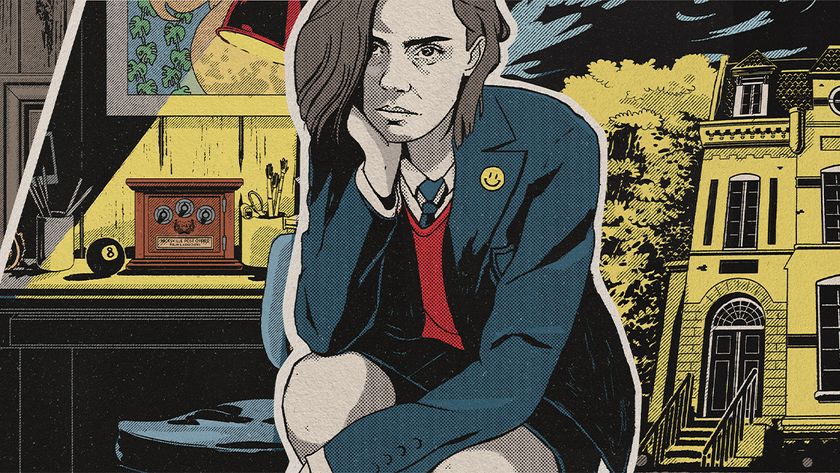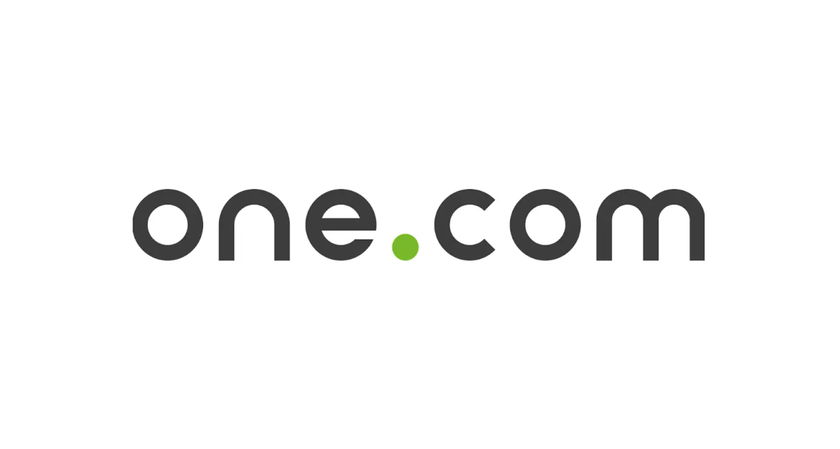The secrets of custom font development
A bespoke typeface can be a vital part of a brand's armoury.
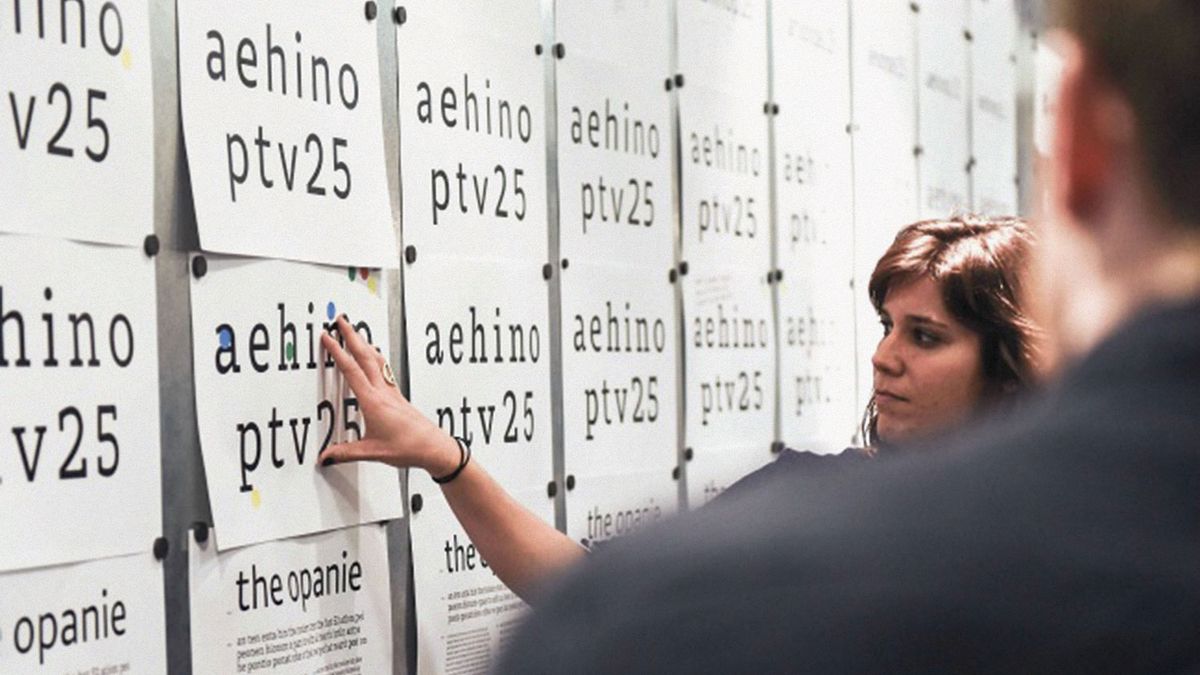
Over the years at Dalton Maag we have modified and developed brand fonts for many organisations, big and small, playing a key role in helping them to craft their unique band identity.
This has led us to create a clearly defined and collaborative process for developing fonts from scratch. It is broadly divided into five key stages: research, ideation, design concept, concept refinement, and execution.
We always start by identifying and mapping our clients' needs by discussing emotional expression, technical, linguistic and logistical requirements in a workshop. The findings are compared to timing and budget constraints, and an informed decision can be made to advise the client on a font solution that will match their needs exactly and serve them for many years.
Research informs the different design directions that we will submit in a first round of ideations, each of which will be critically discussed with the client and slimmed down to preferred concepts. Depending on the linguistic requirements, we'll produce concepts for key characters of other writing systems.
From a design point of view, this helps us identify which Latin design features can be carried over, and conversely, design features from other writing systems may influence details in our alphabet.
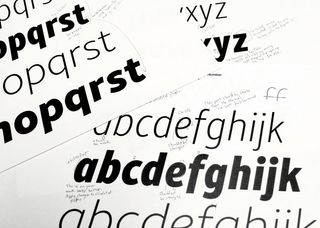
At the concept refinement stage we'll increase the character set to include a wider range of glyphs and enable dummy copy setting, explore the most suitable font weights for the brand's needs, and conduct testing of our design assumptions against technical and production requirements.
Depending on the size of the project, such as number of font styles or writing systems, many parts of the design process happen in parallel. Although the client may need certain font styles to be delivered first, this approach ensures that key parts of the project are concluded at the same time.
Get the Creative Bloq Newsletter
Daily design news, reviews, how-tos and more, as picked by the editors.
Once a decision is made on the final design concept, and refinements have been applied, we will begin with the execution, designing and engineering all necessary fonts in the family, including relevant OpenType features such as ligatures, pre-composed words, sets of proportional and tabular numerals, and accented characters to support European languages and beyond.
Fonts are then optimised for digital environments and once ready, are then delivered to the client with a full transfer of IP, allowing them full flexibility.
This article originally appeared in Computer Arts issue 267. Buy it here.
Related articles:

Thank you for reading 5 articles this month* Join now for unlimited access
Enjoy your first month for just £1 / $1 / €1
*Read 5 free articles per month without a subscription

Join now for unlimited access
Try first month for just £1 / $1 / €1


